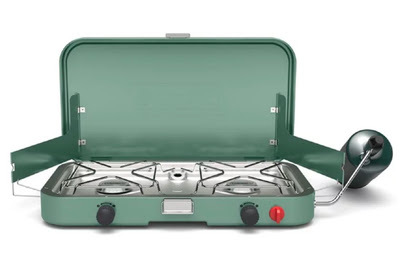How to Prepare Food While Camping: Stove Options
Today, you can buy pressurized camping stoves that, with a few little tweaks, can use various fuels. The stove's pressure settings may be changed to handle multiple fuel types. Petrol, diesel, kerosene, alcohol, butane, and propane, may all be utilized. Each of these uses may need a unique hob temperature. To keep the fuel in the tank from evaporating, modern camping stove that utilize utilized liquid fuel need occasional pumping. It could seem like we're going backwards technologically. But when you think about how lightweight and portable camping gear is, you realize that you hardly need that self-pressurizing self-pressurizing stove after all. With this setup, you can separate the fuel tank from the burner. Without the pressurizing devices, it is possible to reduce the overall weight of the camping gear.
One kind of stove is called a spiral burner stove, and it works by feeding fuel into a coiled loop with a tiny hole in it, where the vaporized fuel then escapes and burns.
Liquid gas such as a hydrocarbon blend, propane or butane is stored in a canister and used in the gas cartridge stove. To give the fuel to the burner, the pressurized gas in the liquid form first exits the canister and transforms into the gaseous state, which is either necessary or preferable. Both types of gas cartridge stoves are good camping gear. One kind has the gas canister as the constructed stove's foundation, with the burner above it. In the second design, the stove is freestanding and uses a hose to connect to the fuel canister. These items are easy to take in a rucksack since they can be constructed. The instantaneous high heat production is another advantage of this kind of stove. This is especially helpful in camping when keeping warm is essential, such as in cold or icy climes.
Refillable canisters have the benefit of being able to be acquired from speciality stores (or even general stores) or kept on hand for usage as required. However, their bulky nature sometimes makes them difficult to lug along on extended hikes. There are also larger stoves that may be transported in a suitcase-like manner. They could be more like a traditional hob, with room for many pans. Such stoves are often the best option when having a cookout. These are also great for "feeding the masses," whether that be a big group of campers or mountaineers or a group of hikers enjoying a picnic in a national park or similar setting. A climbing party's authorized chef or a professional caterer with the sole goal of feeding many people may be responsible for transporting these items. Alcohol, or another fuel, is often used to power larger stoves with many burners.




Comments
Post a Comment